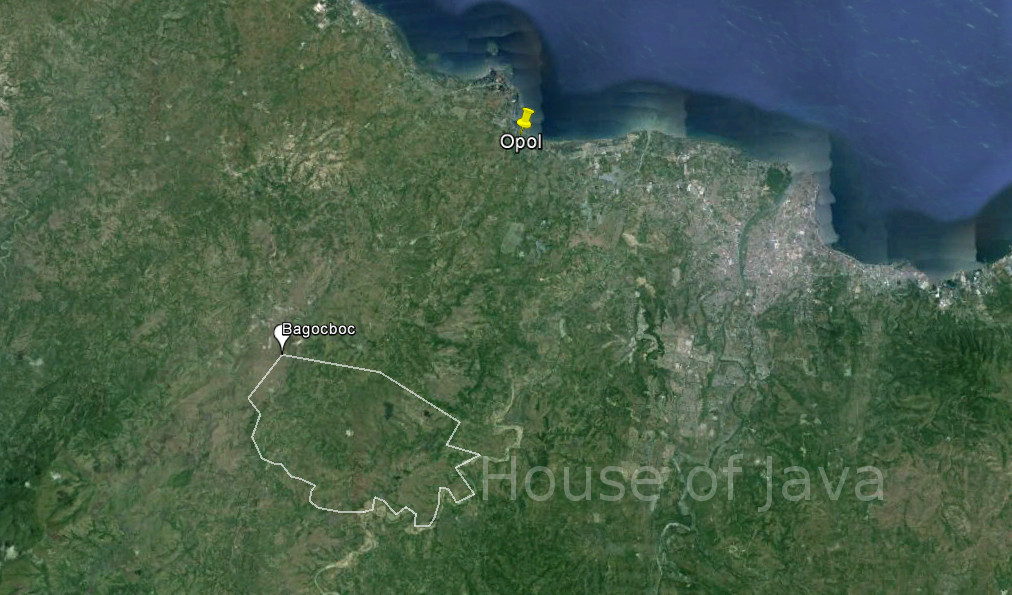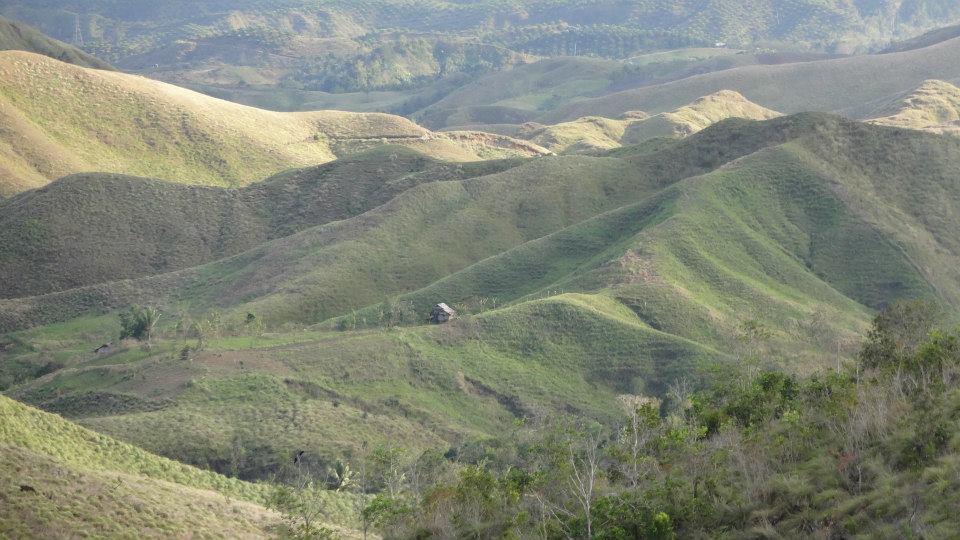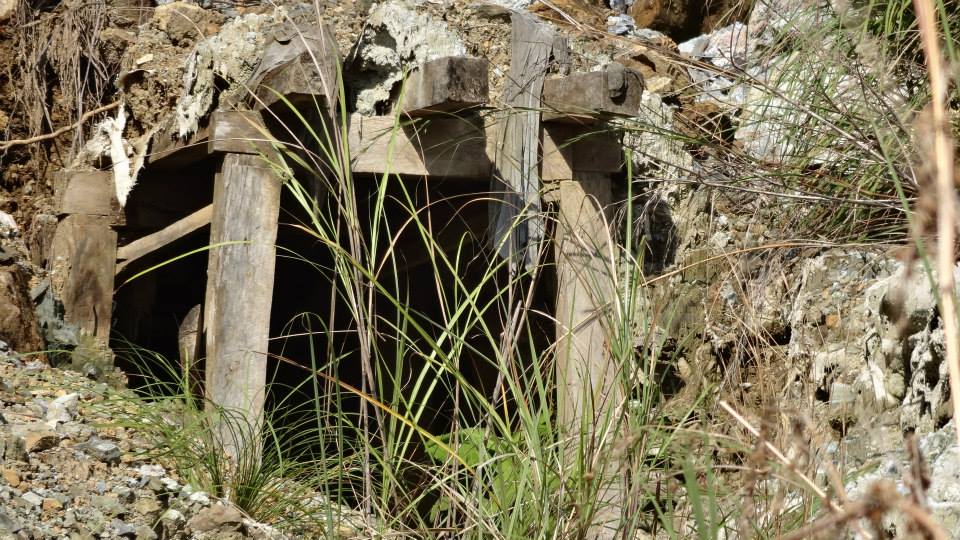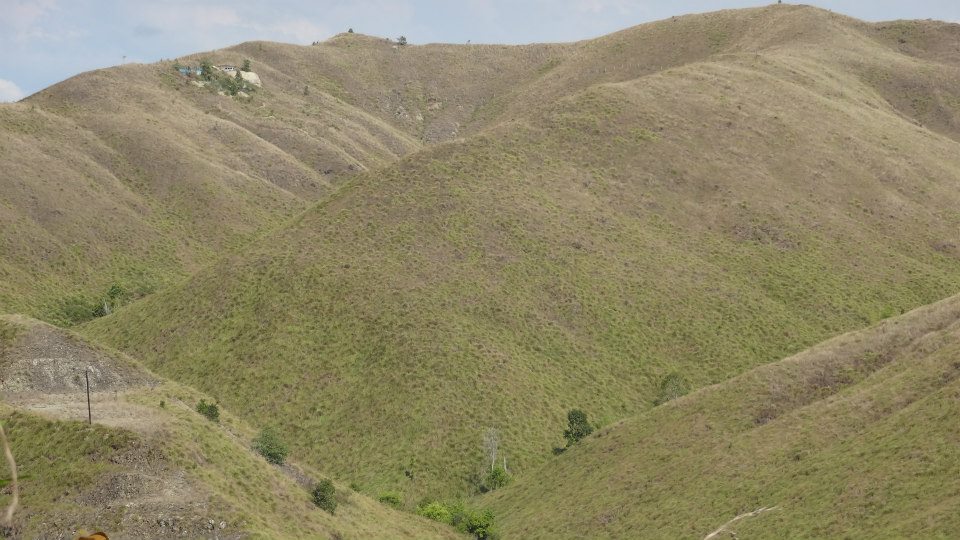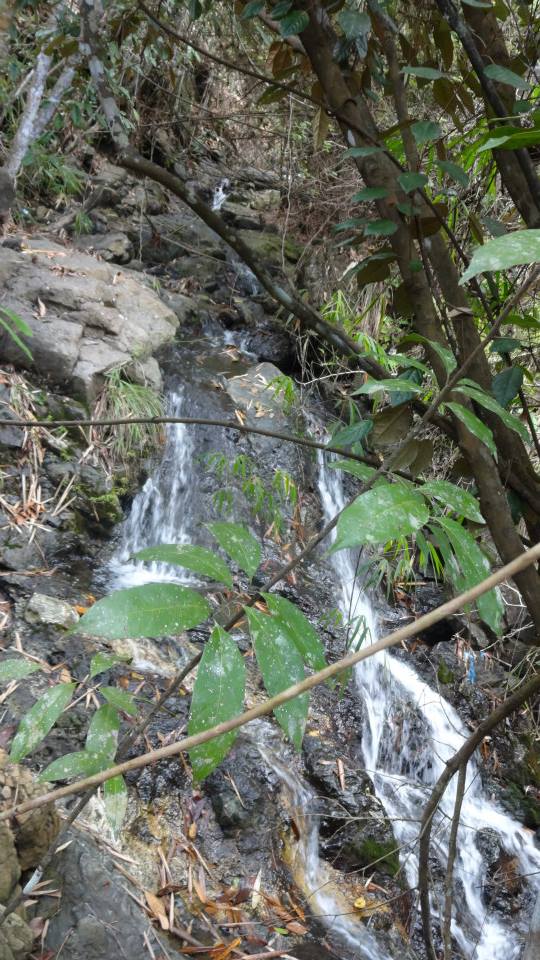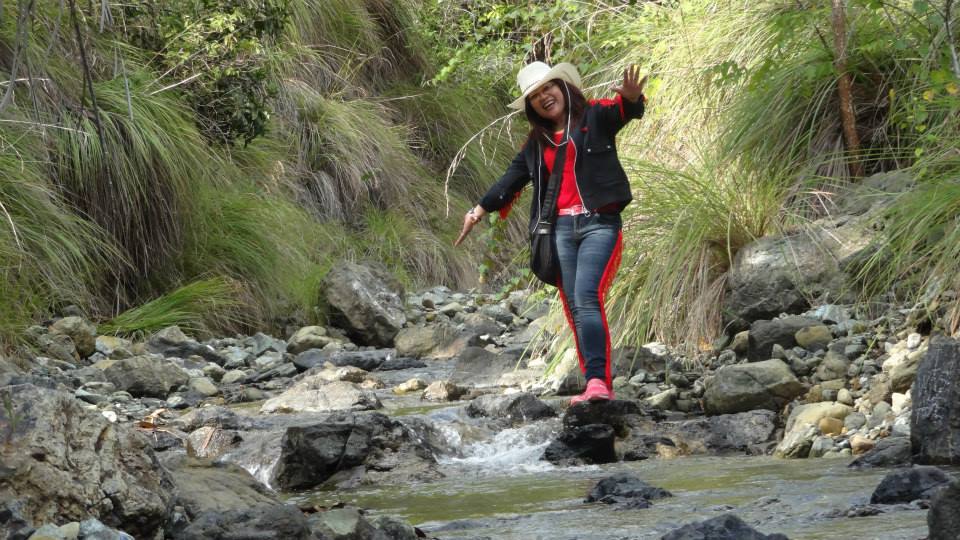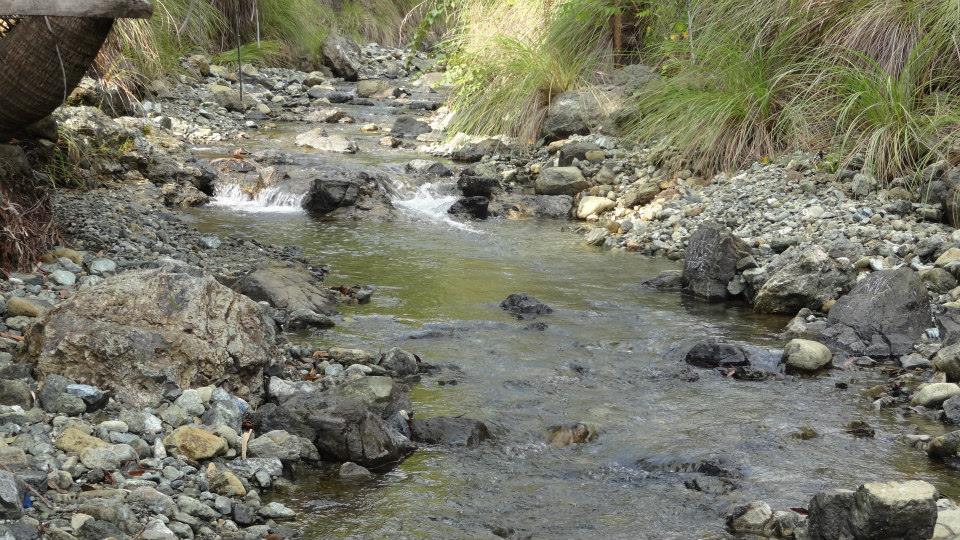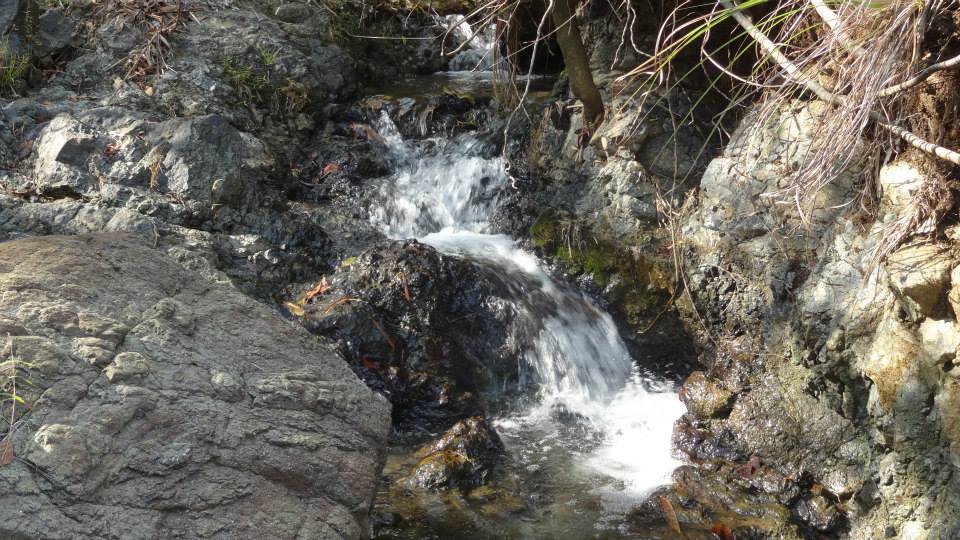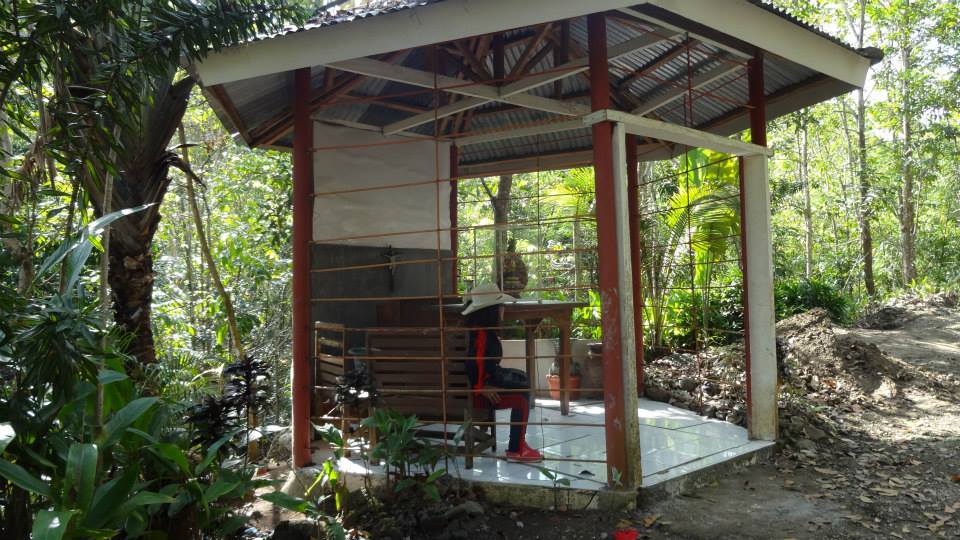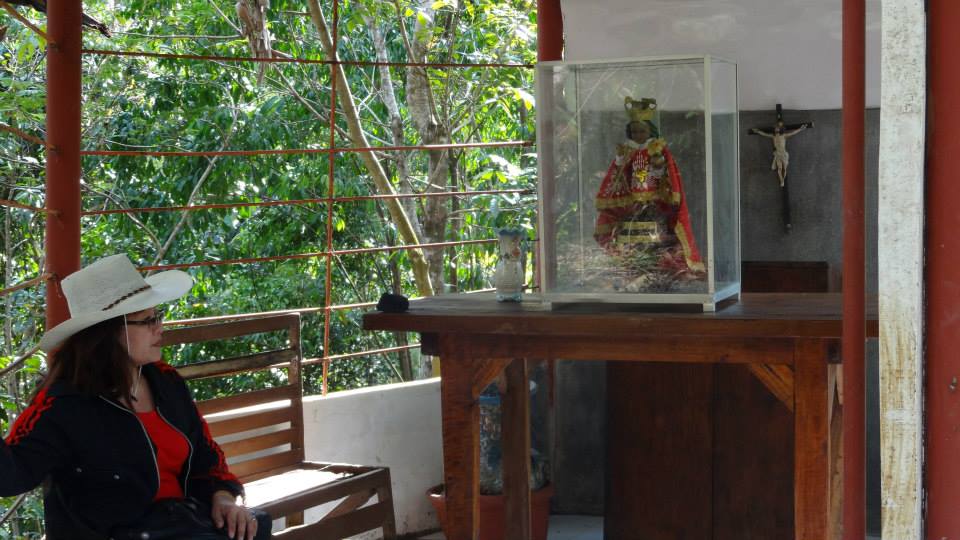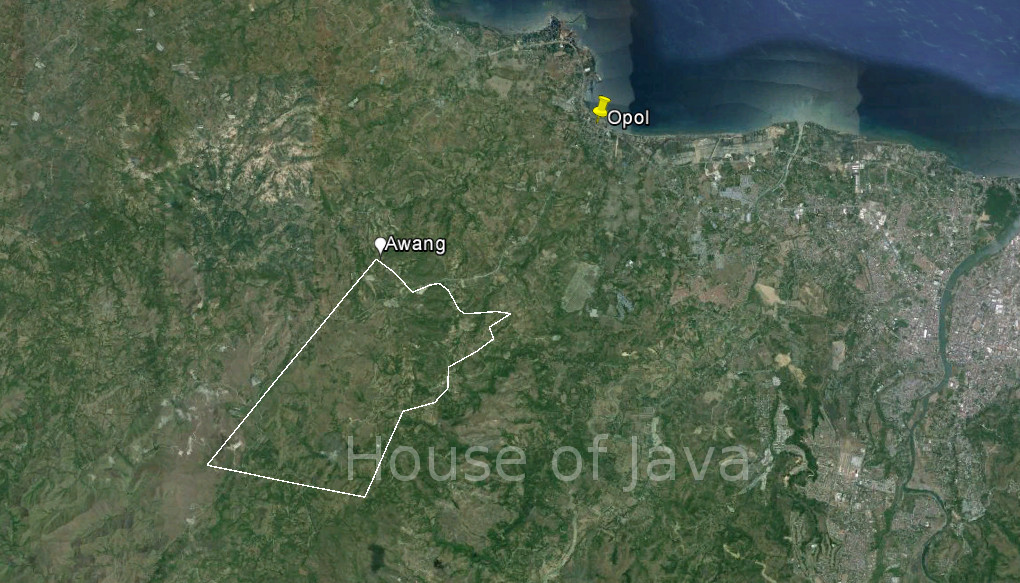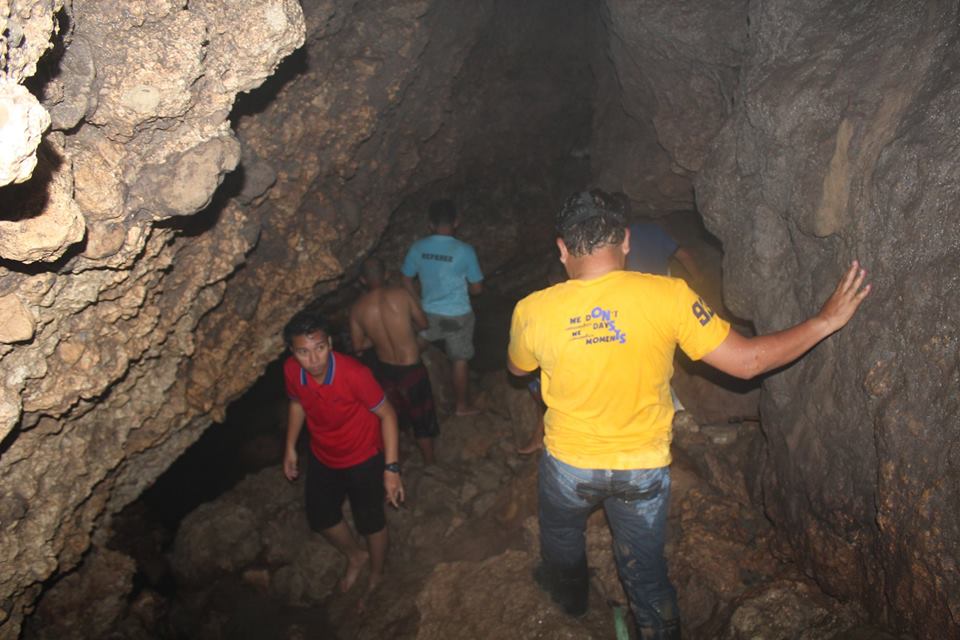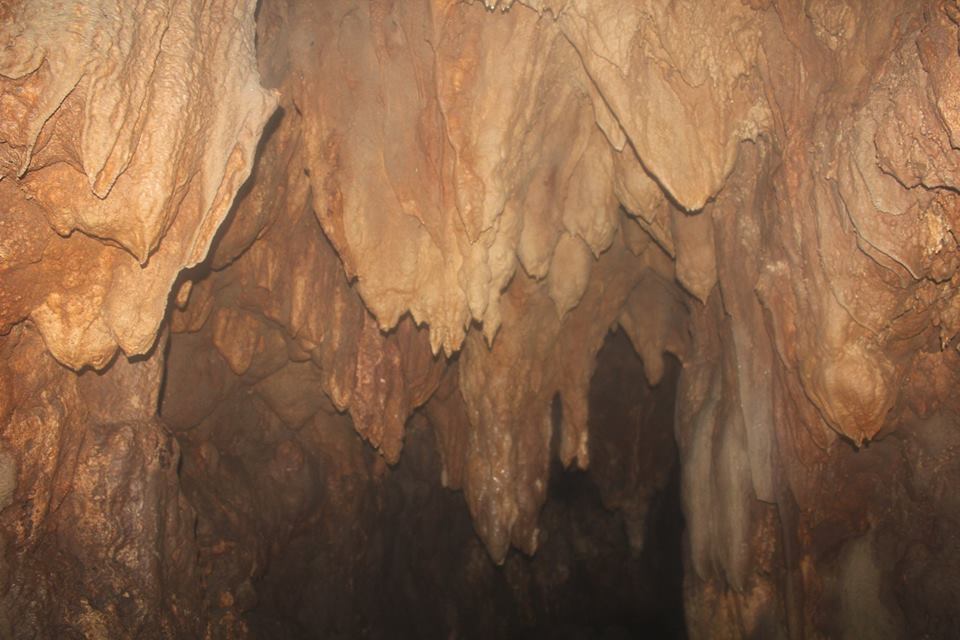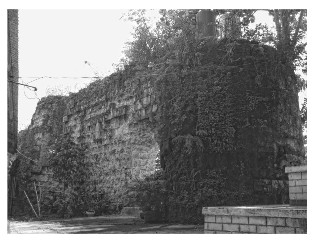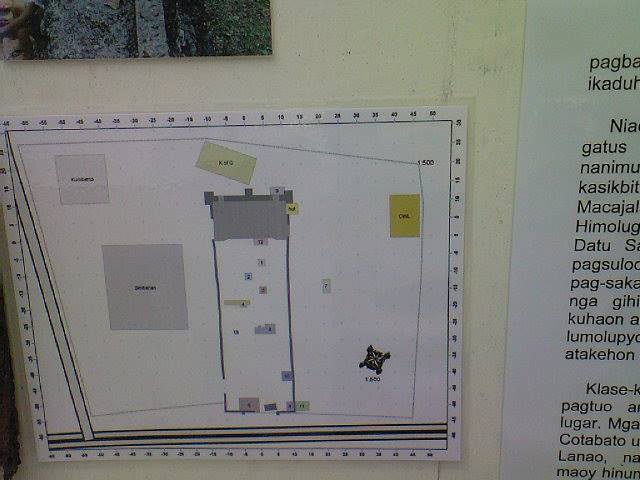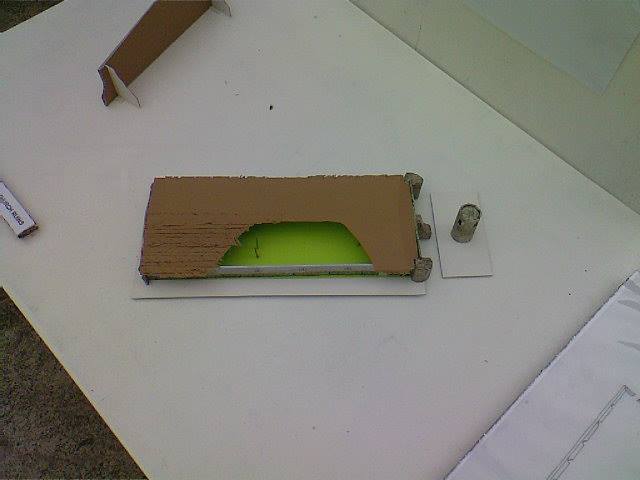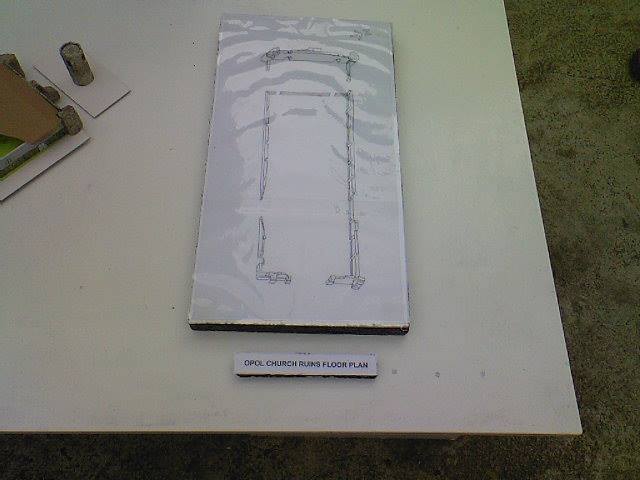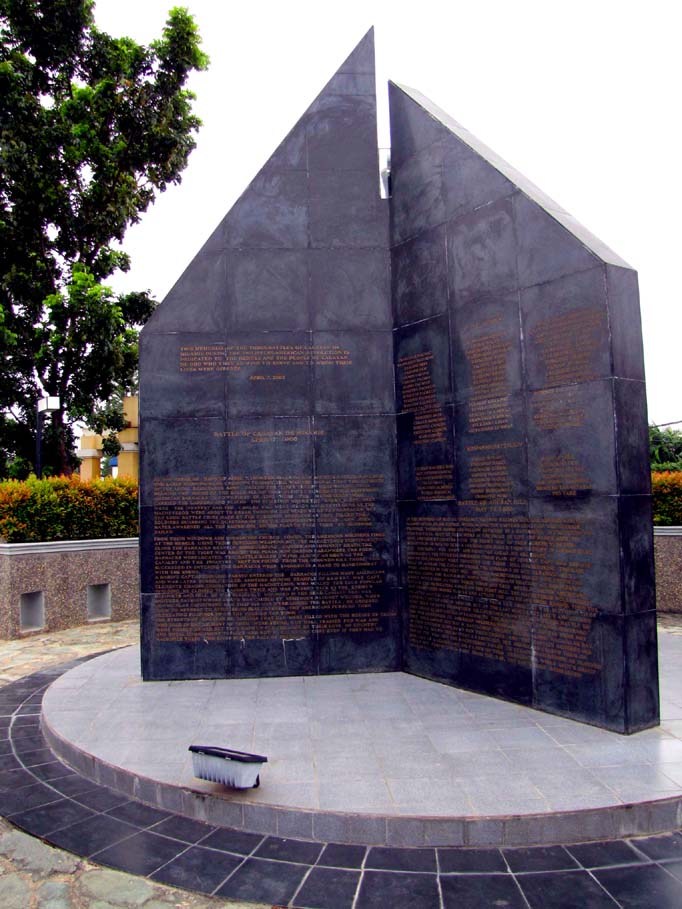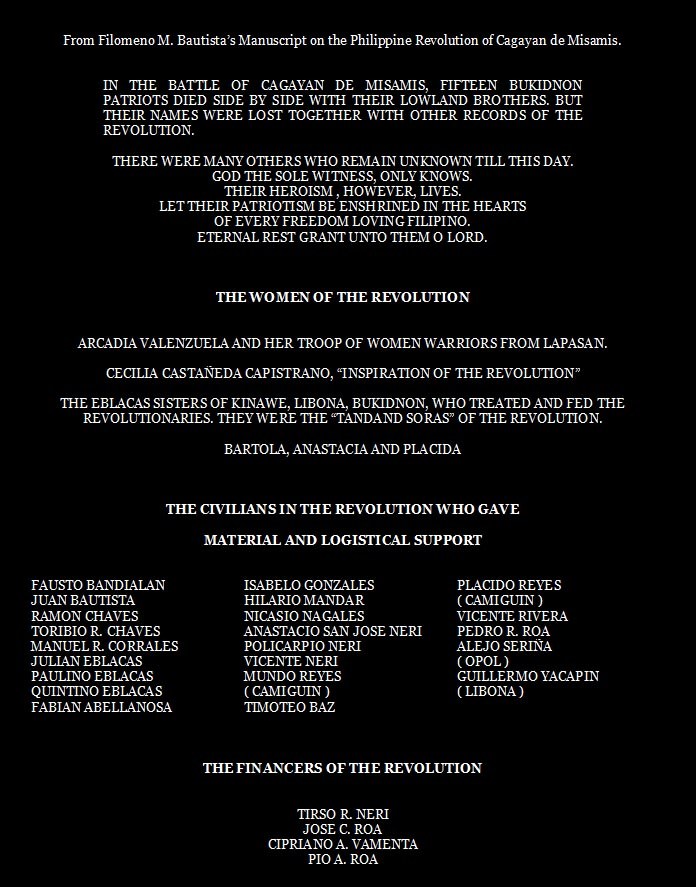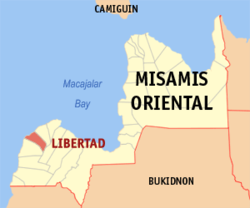There is no historical record of how Lugait got its name except for a legend which has been handed down from generation to generation. Indigenous descendants until now are adept in narrating the said legend. Thus, in the streets, in “Tabu-an” (assembly) and wherever you wish, they will tell you a story that goes like this.
Being geographically close to the haven of pirates, the coast had been the highway of these cutthroats going to the eastern wing of the province. In most cases, the moro pirates pillage and plunder the place first before going to the adjacent places.
Armed with better weapons, the pirates would easily overpower the dwellers. Every attack made by the enemy claimed both lives and properties of the dwellers. The constant heinous attacks gave the people lessons; defenses should be made and weapons should be sophisticated. Thus, sentinels were posted at Salimbal point and in other strategic places. Bladed weapons were made and perfected. There was then a parade of sharp weapons, locally known as “badi”, “kampilan”, “kalis”,”plumengko”, “punyal” and “bangko” with iron heads.
The depths of their misery enraged and made the dwellers vindictive. All over the territory, the vow was one “LUGA” (to kill), “HATI” (sharp). If indeed vengeance finds its way, then the dwellers got it. Pirates who stepped in never had the chance to go home alive. Those who were captured were brought to a flowing well in Manga (now along Mabini Street). There, each captive was subjected to LUGA-HAIT. The proof of this fathomless anger and vengeance, the dwellers ate the flesh of their captives, a truly horrible chapter in the unwritten history of the place.
The vow (LUGA-HAIT) which became a rule in the village caused so much fear and forewarning in the enemy’s camp. Attacks were greatly reduced days after and peace began to reign. Pirates just passed by the place by the place, their fingers and faces always signaling the “kumpit” pilot to avoid the place they started to call LUGA-HATI.
The dwellers rebuilt from their ruins with defenses strictly maintained. In an assembly, the dwellers agreed to call the place LUGA-HAIT which in time became just LUGAIT. Thus goes the legend of LUGAIT.

Lugait was once one of the barrios of Initao, Misamis Oriental until 1948. When the town of Manticao became a separate municipality from Initao, Lugait became its biggest barrio with the biggest population and revenue contribution.
March 16, 1961 marked the autonomy of Lugait from its mother municipality when then President Carlos P. Garcia signed and announced Executive Order No. 425 that created the Municipality of Lugait in the province of Misamis Oriental.
As early as its creation, Lugait opened its doors to industrialization. It availed itself of the opportunities then prevailing at the time and soon the world came to know Lugait by the flow of its cement and G.I. roofing products in the market. These commodities became the community’s by-word. (Source)
Website:
Landline:
Mobile:
Municipal: Lugait
Barangays: 8
Address:
Email:
Save

